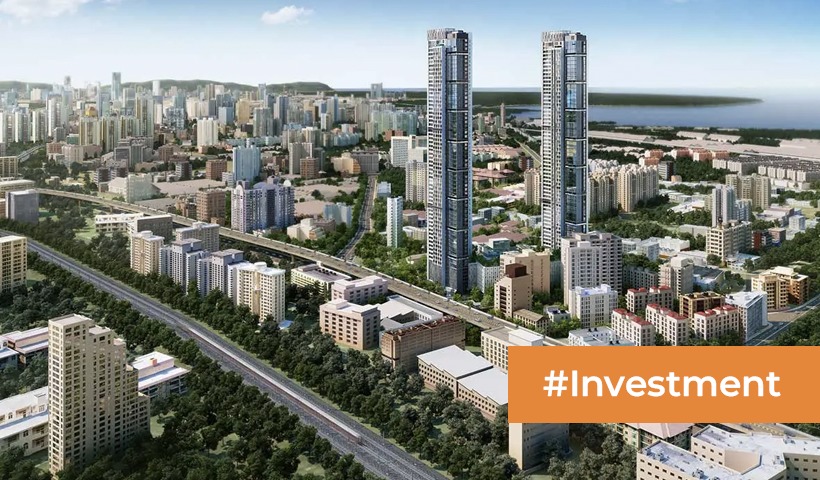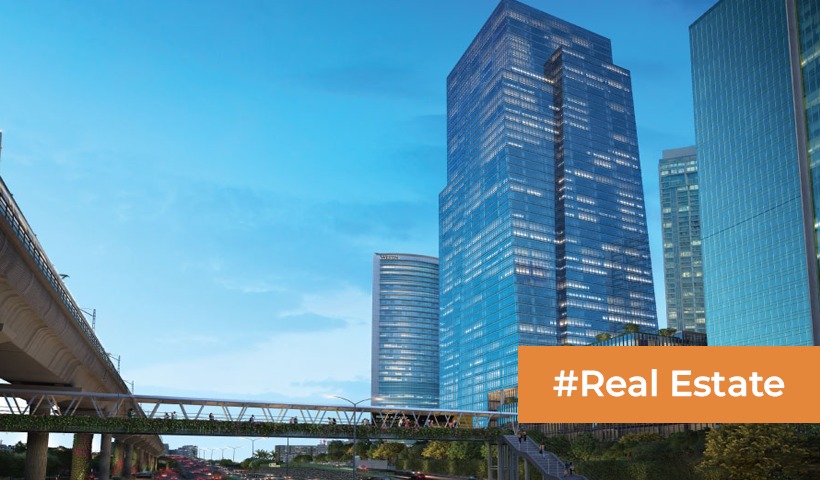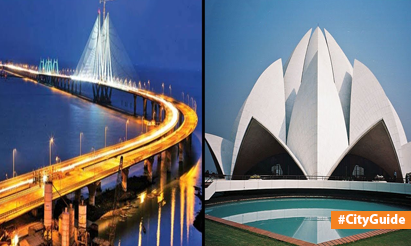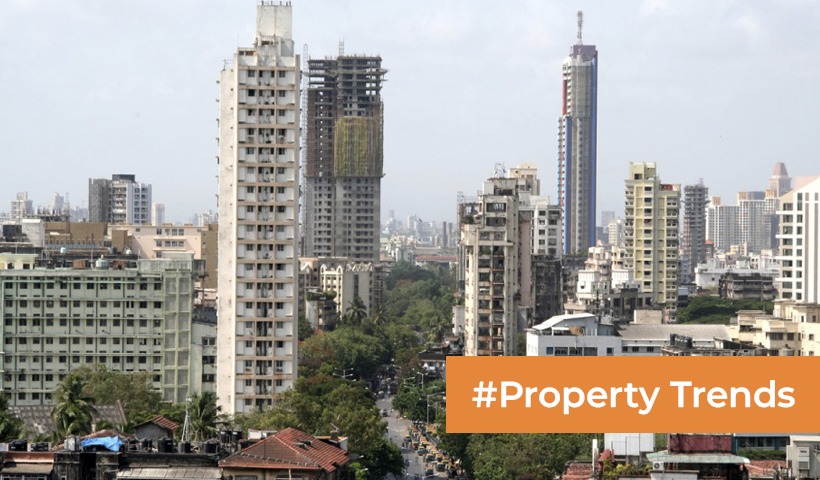Delhi vs Mumbai: Cost of Living & Which City Is Better for You? Your Ultimate Guide!
Mumbai and Delhi, two of India’s largest and most dynamic cities, attract residents from across the country with promises of career opportunities, vibrant cultures, and diverse lifestyles. As individuals consider relocating to either of these metropolitan hubs, understanding the nuances of the cost of living and property prices becomes crucial. In this article, we will explore the factors that influence the cost of living and property prices in Mumbai and Delhi, helping potential residents make informed decisions in the context of the Indian real estate landscape.
Cost of Living
Mumbai:
Known as the financial capital of India, Mumbai boasts a fast-paced lifestyle that comes with a price tag. The cost of living in Mumbai is notably higher than the national average, primarily due to factors such as high real estate prices, transportation costs, and overall inflation.
- Housing:
- Mumbai is renowned for having one of the highest property rates in the country. The real estate market is characterized by skyrocketing prices, making housing a significant contributor to the overall cost of living.
- Renting an apartment in prime locations like South Mumbai or Bandra can be exorbitant, while relatively more affordable options may be found in suburban areas.
- Transportation:
- Mumbai’s extensive local train network is a lifeline for commuters, but transportation costs can add up. Monthly train passes and daily commute expenses should be factored into the cost of living.
- Owning a vehicle in Mumbai comes with additional expenses, including parking fees and maintenance costs.
- Food and Entertainment:
- Dining out and entertainment options are diverse, ranging from street food to high-end restaurants. While there are budget-friendly choices, the overall cost of food and recreation tends to be on the higher side in comparison to many other Indian cities.
- Education:
- Mumbai is home to prestigious educational institutions, but quality education comes at a price. Tuition fees, school supplies, and extracurricular activities contribute to the overall cost of living for families with children.
Delhi:
As the capital of India, Delhi offers a mix of tradition and modernity, and its cost of living is relatively more diverse, catering to various budgets.
- Housing:
- While property prices in Delhi can be high, especially in upscale areas like South Delhi and Gurgaon, there are more diverse options available across the city.
- Rental rates may vary significantly depending on the neighborhood, with more affordable housing options in areas like Dwarka and East Delhi.
- Transportation:
- Delhi’s metro system provides an efficient and cost-effective means of commuting. While owning a vehicle can add to expenses, the overall transportation costs are generally more manageable than in Mumbai.
- Food and Entertainment:
- Delhi is renowned for its street food and diverse culinary scene, offering options for various budgets. Entertainment choices are also abundant, with both affordable and high-end options available.
- Education:
- Delhi is home to esteemed educational institutions, including Delhi University and Jawaharlal Nehru University. While some schools and colleges may have high fees, there are also institutions with more reasonable tuition costs.
Property Prices
Mumbai:
- Prime Locations:
- South Mumbai, Bandra, and Juhu are among the prime locations with some of the highest property prices in the country. Luxury apartments and penthouses contribute to the upscale real estate market in these areas.
- Suburban Alternatives:
- While the city center commands premium prices, suburban areas like Thane, Navi Mumbai, and Andheri offer relatively more affordable housing options. However, even in these areas, property rates can be steep compared to national averages.
- Demand-Supply Dynamics:
- Mumbai’s real estate market is characterized by high demand and limited supply. The scarcity of land for new developments contributes to the constant upward trajectory of property prices.
Delhi:
- Upscale Neighborhoods:
- South Delhi, Vasant Vihar, and Greater Kailash are known for upscale properties with higher price tags. Gurgaon, a satellite city, has also witnessed significant development with luxury residences.
- Diverse Options:
- Delhi offers a more diverse range of property options compared to Mumbai. From apartments and builder floors to plotted developments, the city caters to different preferences and budgets.
- New Developments:
- The expansion of the city has led to the development of new sectors in areas like Dwarka and Noida. These emerging neighborhoods often provide relatively more affordable housing options.
Factors Influencing Property Prices:
Mumbai:
- Limited Space:
- Mumbai’s geographical constraints contribute to limited space for new construction, intensifying competition for available land and driving up property prices.
- Corporate Presence:
- The city’s status as a financial and business hub attracts corporate investments, further increasing the demand for both commercial and residential properties.
Delhi:
- Government Initiatives:
- Delhi has witnessed government initiatives to address housing needs, such as affordable housing projects. This has contributed to a more diverse real estate landscape.
- Job Opportunities:
- The presence of government offices, corporate headquarters, and educational institutions creates a demand for housing, influencing property prices in different parts of the city.
Making Informed Choices:
When deciding between Mumbai and Delhi, individuals must consider their lifestyle preferences, career opportunities, and budget constraints. While Mumbai offers a bustling cosmopolitan lifestyle with a higher cost of living, Delhi provides a more diverse range of options and a comparatively varied cost of living.
In conclusion, both cities have their unique charm and challenges. The decision to settle in Mumbai or Delhi ultimately depends on individual priorities and the ability to navigate the specific demands of each city’s real estate market. As India’s economic and cultural powerhouses, both cities continue to shape the nation’s narrative, offering residents distinct experiences and opportunities in the process.




